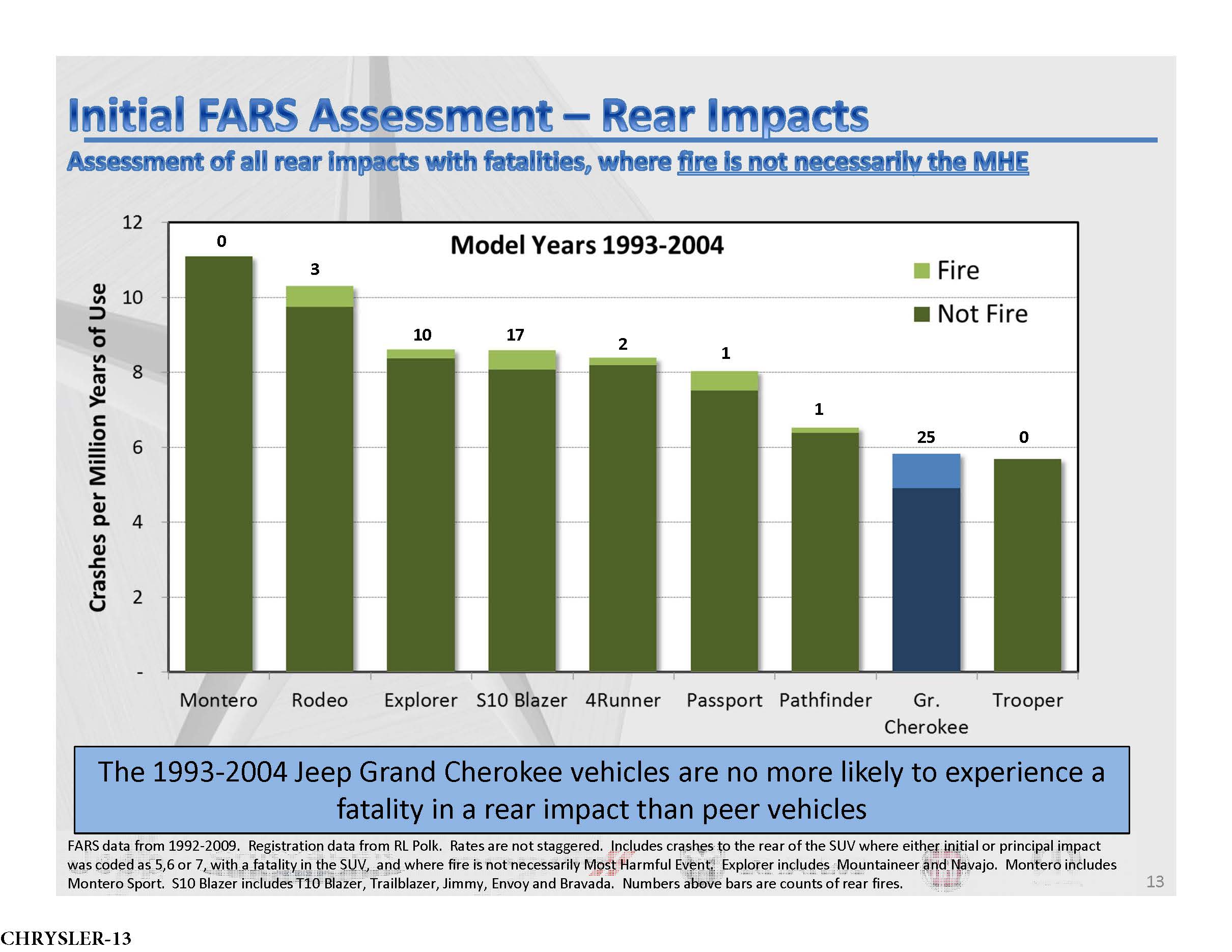In the press, Carrie Carvalho was portrayed as a hero – an average consumer who successfully petitioned the National Highway Traffic Safety Administration to investigate inadvertent braking in Honda Pilots. In March, after NHTSA bumped up its investigation to an Engineering Analysis, Honda announced that it was recalling nearly 200,000 Pilot and Acura MDX and RL vehicles for a mis-manufactured bolt which could send incorrect signals to the electronic stability control system.
But file this story under: No Good Deed Goes Unpunished. Three years after the Arlington, Mass. woman first experienced her 2005 Honda Pilot braking to a hard stop on its own from 45 mph, her Pilot is parked in the driveway and her legal case is parked in the hands of attorneys, with no end in sight.
“This is absurd,” she says. “Basically, the fact that Honda is still reluctant to take responsibility is unacceptable.”
Carvalho and her attorney are now contemplating their next move, including filing a 93A Civil Complaint – so named for the Chapter in the Massachusetts state legal code outlawing “unfair methods of competition and unfair or deceptive acts or practices in the conduct of any trade or commerce.”
Behind the headlines, Carvalho has struggled, yet persisted in the face of a dangerous defect that neither Honda nor the Newton, Mass. dealership, Honda Village, were willing to repair correctly and of insulting compensation offers. The history of the defect itself illustrates the ever-growing catalogue of electronic component failures that trigger unintended consequences, wresting vehicle control away from the driver without warning and the need for a functional safety requirement for automotive electronics. Continue reading
